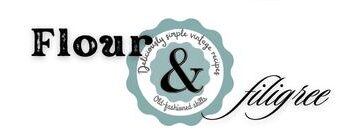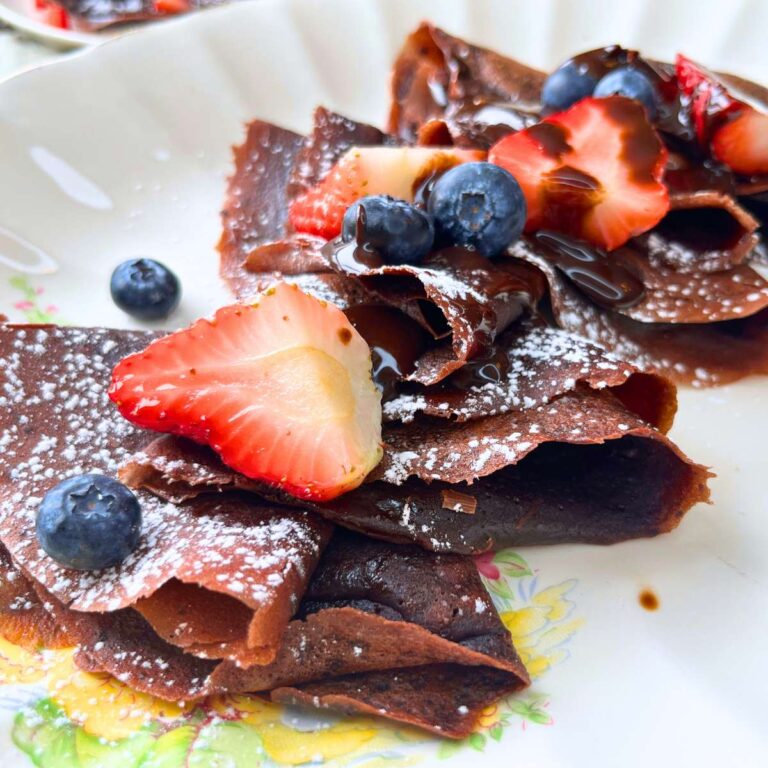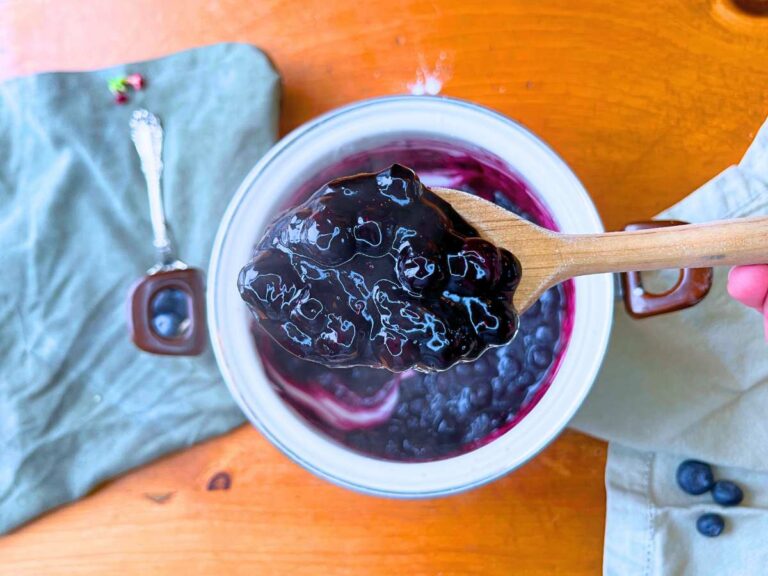The Lost Art of Cursive Writing
Cursive writing is something that is not used as much now as it once was. The average person even 50 years ago would use a pen and paper to write far more often than we do now. No wonder we are not very good at it! With all of our technology, we have no opportunity to practice. So, if you want to improve your penmanship or if you want to give your penmanship a more vintage feel, you’ve come to the write place!

How to get started with cursive writing
There are 8 steps in getting beautiful vintage penmanship.
~Get excited about it! You are never going to stick to it and use it in real life, unless you are excited about this lost art.
~Use a nice pen and paper. The tools you use will impact your success. You don’t need a fancy fountain pen, or calligraphy set, but have a pen that writes nicely and feels good in your hand. When you are writing use a few papers stacked together. It feel nicer to write on papers cushioned together than a single sheet on a hard table
~Doodle. Before you even write letters you can find some practice sheets to do different swirls and ovals. Doodles on the page to give you a feel of how to form cursive letters. How much pressure to use, upstrokes, and downstrokes.
~Find a font or script that you like. If you have old vintage hand written letters, this is a great place to start.
~Practice. With an example of the alphabet you want to use in front of you practice writing words and sentences. It is good to use a collection of words with uppercase and lowercase letters. As Uppercase letters tend to have more flourishes.
~Edit and find your own style. As you are practicing, you will find that you own style will emerge. Go with it! In the end your handwriting should look and feel quick and effortless. If you look at beautiful vintage handwriting, often the letters are very thin, light, and scrawled. That happens when you write quickly and confidently.
~Turn your paper. Experiment turning your paper at different angles.
~Use your entire arm When you are making cursive lettering, you should be using the entire arm even up to your shoulder.
~Find excuses to use it! Penmanship, like most skills, if you don’t use it, you loose it. Write out the grocery list, make to-do lists, keep a journal, write letters to friends and family.

Creating your own cursive alphabet
To do this, look through old handwriting and you will notice that you like someone’s style of letters over another. This doesn’t have to be from the same person.
As you are going, write a copy of this particular letter onto another piece of paper until you have an alphabet. I wouldn’t suggest making a super unique look to every single letter.
Having a few unique letters will stand out more and look better in contrast to simple looking letters. The letters should not be so unique that no one can actually read what is written. I find simple, legible, clean handwriting, with a few letters of embellishment thrown in is the best look for that vintage feel.
As you are practicing with this new alphabet, you will start to put your own flair and style on the script giving everything a cohesive look.
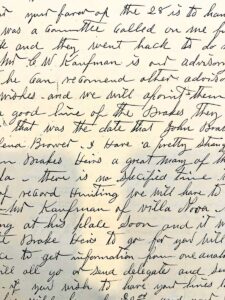
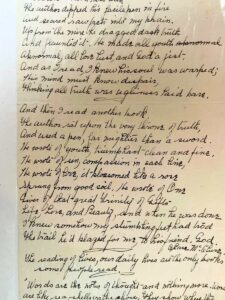
Where to find vintage handwriting
I am lucky enough to have a lot of handwritten poems, letters, documents, postcards, etc. From people in my family.
You may have old birthday cards, pictures with words written on the back, recipes from a grandparent. If you cannot find any from your own family, you can search old documents and handwriting online. Even family genealogy sites have a tone of handwritten documents you can look through.

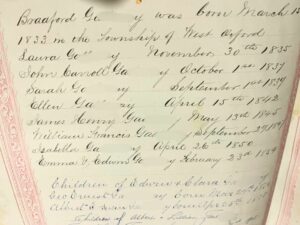
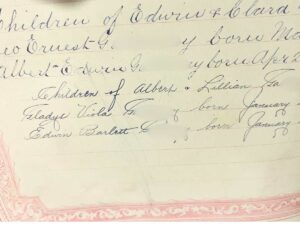
How to practice cursive writing
I find that names are a great way to practice. When I was practicing handwriting with my daughter we had a map of old shipwrecks around the island. We wrote down the name of each ship, which was excellent practice for lower and uppercase letters. Plus with names you tend to give a little added flourish to the capitalized letters, than you would with just a normal written letter, which I think is a little more fun.
If you are an absolute beginner to cursive writing and are having trouble. I would suggest doing some practice drills. This will help with the curves and twists required for cursive writing, and will give you more confidence when actually writing letters.

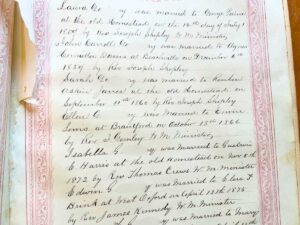
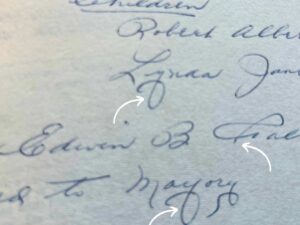
The hand brain connection when it comes to handwriting
Cursive handwriting is a pretty important fine motor skill. Researchers have shown that when you are practicing cursive writing, different neurological pathways are activated than if you are printing or typing.
Even reading cursive writing activates different areas of the brain than when you are reading printed text.
Research has even shown that when you write something, as apposed to typing it, you are more likely to remember what you have handwritten.
Researchers have noted that students taking the SAT exam who wrote in cursive scored higher than those who wrote in block printing.
Consequences of losing this skill
While looking into research to write this post, I found that, at least in California, in 2010 schools replaced teaching cursive writing with keyboarding.
Now many younger people struggle to even read any form of cursive writing. Which, I think, will have detrimental effects, especially when it comes to history. Almost all historical documents, and letters are written in cursive. Can you imagine the future generations not being able to read them?
Thinking of your own personal history, letters from grandparents, old birthday cards, notes, or even recipe cards may be completely unreadable to your children or grandchildren.
A study done by Penn haven found that 16.5% of people couldn’t remember the last time they used a pen and paper to write something.

Cursive writing is making a come back!
Now, you might think that it is just the older generation that cares or is interested in preserving handwriting. However, the study found that in people over 65, only 39% use a pen and paper to write something daily. The majority was found in people 18-25. In this group they found that 60% of people used a pen and paper to write something daily.
In Montessori schools, cursive writing is the first form of written letters that is taught. The rounded edges and curves are actually much easier for children to form.
This is the perfect time to get brush up on an old skill or to learn a new one!
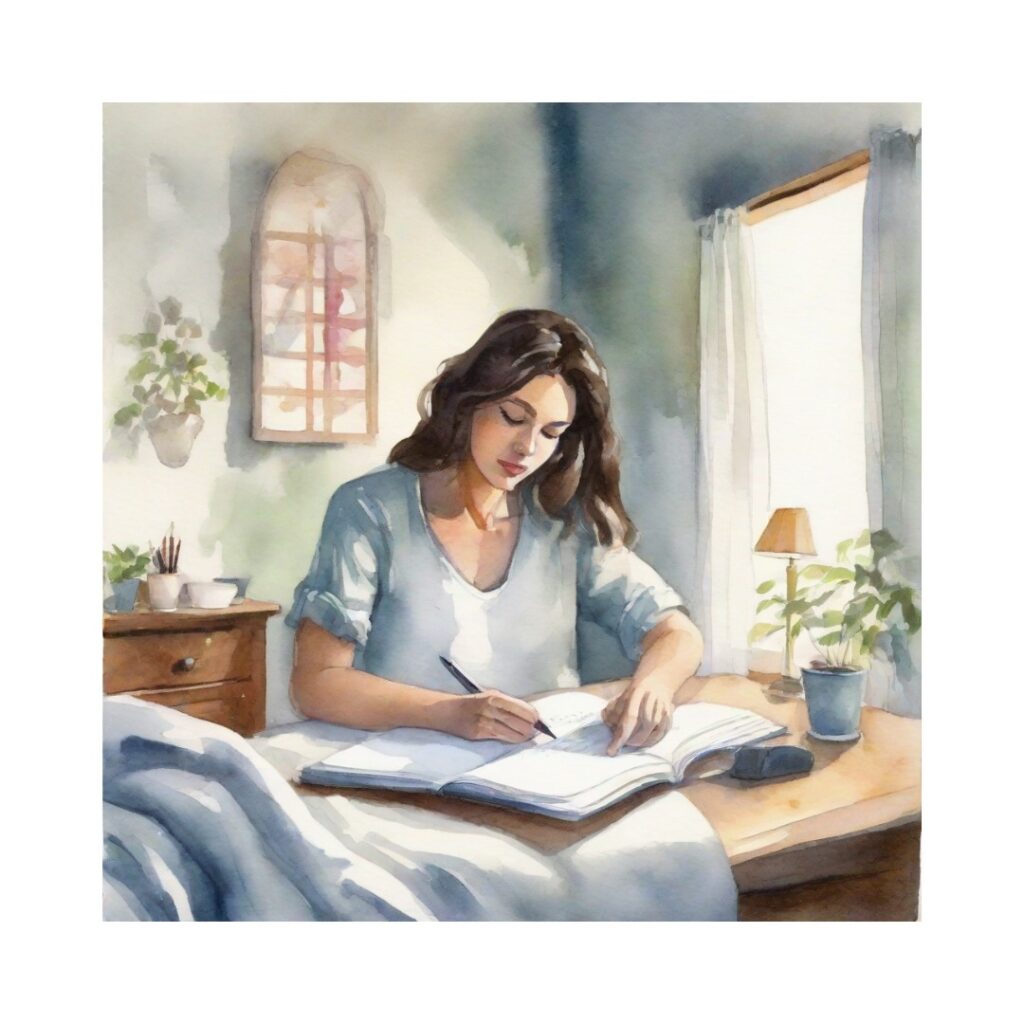
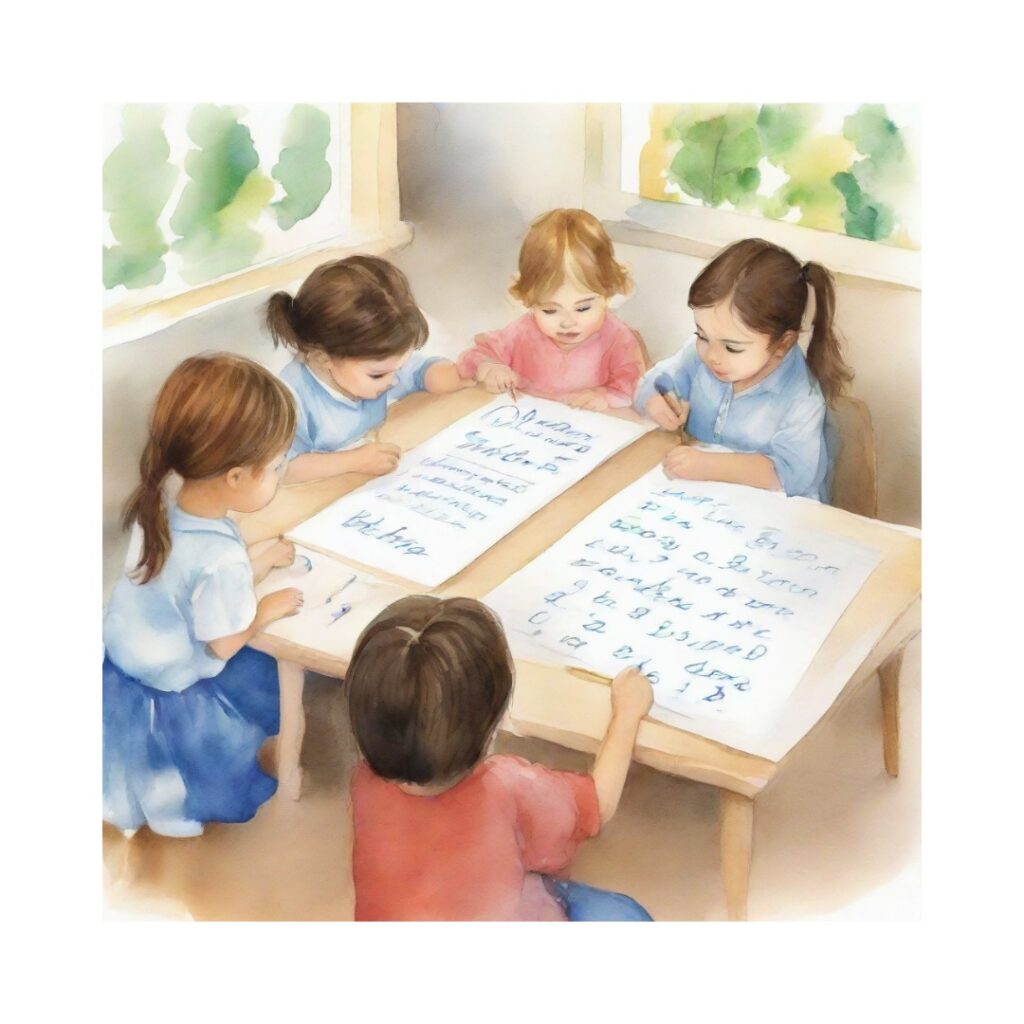
*All the documents are my personal family documents. I have blurred some of the names.

Don’t forget to join the vintage living community! Get fun and useful emails from me! Plus gain access to the FREE PRINTABLES library! Unsubscribe anytime.
I’m adding exclusive content all the time for you to enjoy!
Like this! If you love vintage living, don’t forget the most important part of preserving the past is preserving your own history! This free template will get you started on creating your own intimate family history binder!

